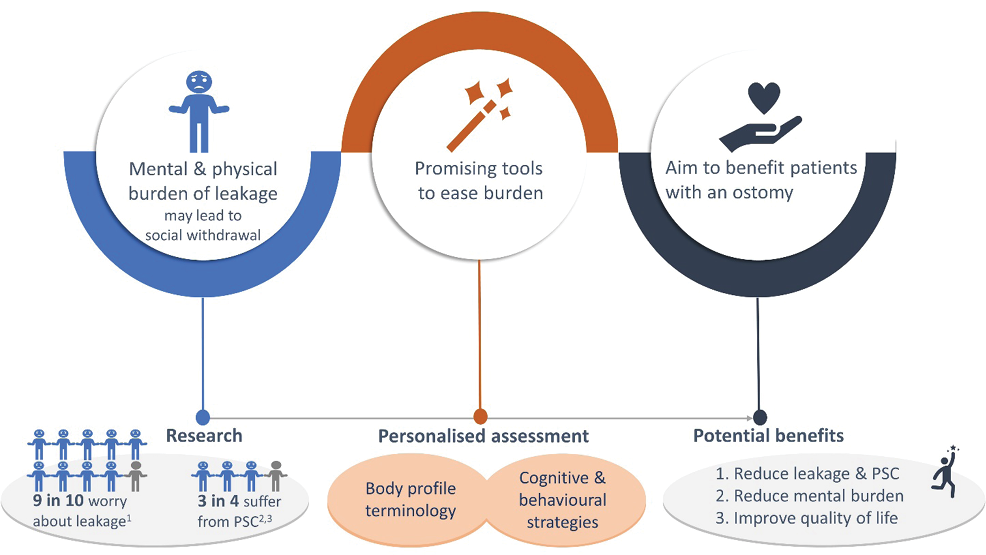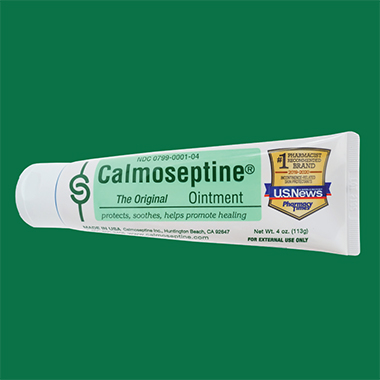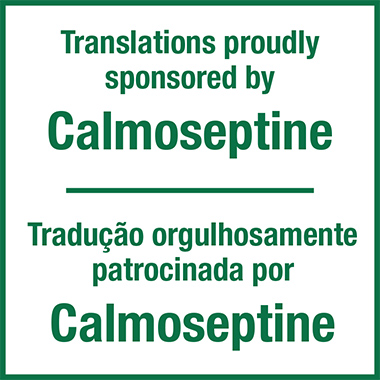Volume 42 Number 2
Editorial
Iben Plate
For referencing Plate I. Editorial. WCET® Journal Supplement 2022;42(1)Sup:s3-4
DOI https://doi.org/10.33235/wcet.42.1.sup.s3-4
The presence and persistence of stoma-related complications following ostomy surgery constitute a major burden for individuals living with an ostomy, a burden comprising physical as well as mental components. The physical component includes leakage of stomal effluent and peristomal skin complications, which may range from mild peristomal dermatitis to full thickness painful skin ulcerations1,2. Additionally, the profound bodily changes following surgery, along with the risk and worry of leakage and complications, may lead to psychosocial problems, including depression, anxiety, low self-esteem and social withdrawal3. These may adversely affect the individual’s adaptation to the stoma and quality of life. Therefore, critical components of ostomy care comprise prevention and management of leakage and skin complications, while helping patients adjust to their changed body and re-engage with their social environment (Figure 1). An insight into these issues is provided in two articles included in the following pages of this WCET supplement.

Figure 1. An overview of the problem of peristomal leakage and skin complications faced by individuals living with an ostomy, and approaches to help mitigate these problems
PSC = peristomal skin complication
1. Claessens I, Probert R, Tielemans C, et al. The Ostomy Life Study: the everyday challenges faced by people living with a stoma in a snapshot. Gastrointest Nurs 2015;13(5):18–25.
2. Salvadalena G, Colwell JC, Skountrianos G, et al. Lessons learned about peristomal skin complications: secondary analysis of the ADVOCATE trial. J Wound Ostomy Continence Nurs 2020;47(4):357–63.
3. Herlufsen P, Olsen AG, Carlsen B, et al. Study of peristomal skin disorders in patients with permanent stomas. Br J Nurs 2006;15(16):854–62.
In the first article, author Janice Colwell argues that one of the most important contributions ostomy care specialists can make to their patients is to help them find the best pouching system in terms of the right size of the skin barrier opening and the best shape (flat or convex) of the skin barrier. While the size of the barrier opening depends on the size of the stoma, the shape of the barrier should be based on a thorough assessment of the patient’s peristomal body profile, the stoma, and the output volume and consistency. The author recommends using a convex solution, particularly if the peristomal area is soft, if there are skin creases/folds, or if the stoma lumen is at or below the skin level4. The importance of reassessing patients on an ongoing basis is emphasised to ensure continued use of the optimal pouching system.
The second article by Anne Steen Hansen and colleagues further discusses the importance of a good fit of the ostomy product to reduce leakage and skin complications. It alludes to a modified Delphi consensus building process involving over 1200 stoma care nurses from 27 countries; this helped to create practical guidelines on how to accurately assess body and stoma profiles. The process was facilitated by Coloplast. The standardised Body Profile Terminology5,6 was recommended for characterising the peristomal body profile of patients. Further highlighted in the second article are results from a scoping review undertaken by a group of ostomy care nurses and physicians; these results indicate that convexity should be considered at all times after ostomy surgery, including in the immediate postoperative period, to secure pouch seal and prevent leakage4.
Overall, the articles emphasise the importance of tailoring ostomy care to include individual preferences and peristomal body profiles to obtain the optimal ostomy solution to prevent leakage and skin complications. By implementing such individualised approaches, ostomy care professionals can considerably improve the lives of the millions of individuals around the world living with an ostomy.
Suplemento editorial
Iben Plate
DOI: https://doi.org/10.33235/wcet.42.1.sup.s3-4
A presença e persistência de complicações relacionadas com o estoma após a cirurgia de ostomia constituem uma carga importante para os indivíduos que vivem com uma ostomia, carga esta que inclui componentes físicas e mentais. A componente física inclui fugas de efluentes estomais e complicações cutâneas peristómicas, que podem variar desde dermatites peristómicas leves até a ulcerações cutâneas dolorosas de espessura total1,2. Além disso, as profundas alterações corporais que ocorrem após a cirurgia, juntamente com o risco e preocupação de fugas e complicações, podem levar a problemas psicossociais, incluindo depressão, ansiedade, baixa auto-estima e distanciamento social3. Estes efeitos podem afetar negativamente a adaptação do indivíduo ao estoma e em relação à sua qualidade de vida. Por conseguinte, os componentes críticos dos cuidados de ostomia incluem a prevenção e a gestão de fugas e complicações cutâneas, ao mesmo tempo que ajudam os pacientes a ajustarem-se ao seu corpo alterado e a reencontrarem o seu ambiente social (Figura 1). Uma visão sobre estas questões é fornecida em dois artigos incluídos nas páginas seguintes deste suplemento da WCET.

Figura 1. Uma visão geral do problema da fuga peristomal e das complicações cutâneas enfrentadas pelos indivíduos que vivem com uma ostomia e abordagens para ajudar a mitigar estes problemas
PSC = complicação peristomal da pele
1. Claessens I, Probert R, Tielemans C, et al. The Ostomy Life Study: the everyday challenges faced by people living with a stoma in a snapshot. Gastrointest Nurs 2015;13(5):18–25.
2. G, Colwell JC, Skountrianos G, et al. Lessons learned about peristomal skin complications: secondary analysis of the ADVOCATE trial. J Wound Ostomy Continence Nurs 2020;47(4):357–63.
3. Herlufsen P, Olsen AG, Carlsen B, et al. Study of peristomal skin disorders in patients with permanent stomas. Br J Nurs 2006;15(16):854–62.
No primeiro artigo, a autora Janice Colwell argumenta que uma das contribuições mais importantes que os especialistas em ostomia podem dar aos seus pacientes passa por ajudá-los a encontrar o melhor sistema de bolsas em termos do tamanho correcto da abertura da barreira cutânea e a melhor forma (plana ou convexa) para a barreira cutânea. Embora o tamanho da abertura da barreira dependa do tamanho do estoma, a forma da barreira deve basear-se numa avaliação minuciosa do perfil corporal peristomal do paciente, do estoma e do volume e consistência da saída. O autor recomenda a utilização de uma solução convexa, particularmente se a área peristomal for macia, se existirem dobras/rugas cutâneas, ou se o lúmen do estoma estiver ao nível ou abaixo do nível cutâneo4. A importância de reavaliar os pacientes de forma contínua é realçada para assegurar a utilização continuada de um sistema de bolsas ideal.
O segundo artigo de Anne Steen Hansen e colegas discute ainda a importância de um bom ajuste do produto de ostomia de forma a poder reduzir fugas e complicações cutâneas. Alude a um processo Delphi modificado de construção de consenso envolvendo mais de 1200 enfermeiros de cuidados de estoma em 27 países; isto ajudou a criar directrizes práticas sobre como avaliar com precisão os perfis corporais e do estoma. O processo foi apoiado pela Coloplast. A terminologia padronizada do perfil corporal5,6 foi recomendada para utilização na caracterização do perfil corporal peristomal dos pacientes. Mais destacados no segundo artigo são os resultados de uma revisão do âmbito de aplicação empreendida por um grupo de enfermeiros e médicos de cuidados de ostomia; estes resultados indicam que a convexidade deve ser sempre considerada após a cirurgia de ostomia, inclusive no período pós-operatório imediato, de forma a assegurar o selo da bolsa e a prevenir fugas4.
Globalmente, os artigos enfatizam a importância dos cuidados de ostomia à medida, de forma a incluir preferências individuais e perfis corporais peristomais para conseguir obter a solução ideal de ostomia e assim prevenir fugas e complicações cutâneas. Ao implementar tais abordagens individualizadas, os profissionais de cuidados de ostomia podem melhorar consideravelmente a vida de milhões de indivíduos que, em todo o mundo, vivem com uma ostomia.
Author(s)
Iben Plate
Director of Evidence & Adoption, Coloplast A/S
References
- Meisner S, Lehur PA, Moran B et al. Peristomal skin complications are common, expensive, and difficult to manage: a population based cost modeling study. PloS One 2012;7(5):e37813.
- Kwiatt M, Kawata M. Avoidance and management of stomal complications. Clin Colon Rectal Surg 2013;26(2):112–21.
- Ayaz-Alkaya S. Overview of psychosocial problems in individuals with stoma: a review of literature. Int Wound J 2019;16(1):243–9.
- Colwell JC, Davis JS, Emodi K, et al. Use of a convex pouching system in the post-operative period – a national consensus. In press. 2022.
- Global Coloplast Ostomy Forum. Ostomy life study review 2016/17. Coloplast A/S;2017:1–23. Available at: https://www.coloplast.com/Documents/Stoma/CP_MM_OstomyLifeStudy_2016.pdf.
- Colwell JC, Bain KA, Hansen AS et al. International consensus results: development of practice guidelines for assessment of peristomal body and stoma profiles, patient engagement, and patient follow-up. J Wound Ostomy Continence Nurs 2019;46(6):497–504.
This supplement has been supported by

June 2022



